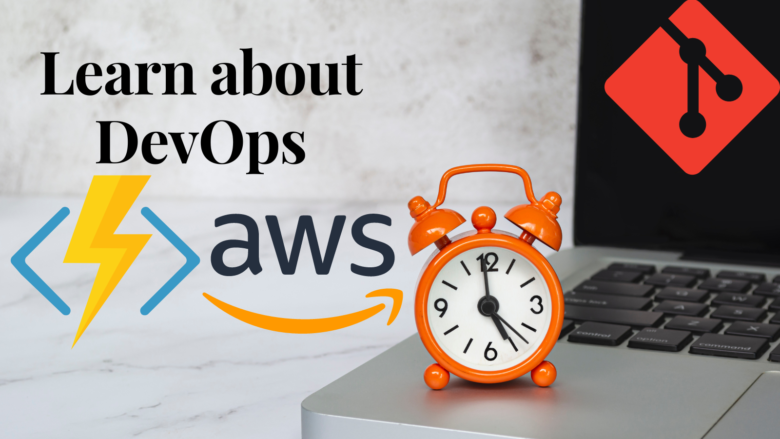In today’s fast-paced digital world, software development teams are constantly striving to improve efficiency and deliver high-quality products. This is where DevOps comes into play. DevOps is a set of practices that combines development and operations to foster collaboration, automation, and continuous integration/continuous deployment (CI/CD) processes. In this blog post, we’ll explore the fundamentals of DevOps and provide practical examples to help beginners grasp the core concepts.
1. Continuous Integration (CI)
Continuous Integration is a key DevOps practice that involves regularly merging code changes from developers into a shared repository. This process ensures that the code is continuously tested and validated, leading to early detection of issues. For example, using a tool like Jenkins, you can set up automated builds that compile, test, and analyze code changes. This allows you to catch bugs and conflicts early in the development cycle.
2. Infrastructure as Code (IaC)
Infrastructure as Code is a methodology that allows you to manage and provision infrastructure resources programmatically. By defining your infrastructure in code, you can automate the process of creating, configuring, and deploying environments. For instance, using tools like Terraform, you can write declarative code to define your infrastructure, enabling version control, reproducibility, and scalability.
3. Configuration Management
Configuration Management involves managing and maintaining the desired state of your systems and applications. It helps in automating the provisioning, configuration, and deployment of software components. A popular tool in this domain is Ansible, which allows you to define your infrastructure and configuration requirements in code. With Ansible, you can execute tasks across multiple servers, ensuring consistency and reducing manual efforts.
4. Continuous Deployment (CD)
Continuous Deployment is an integral part of DevOps that aims to automate the process of releasing software changes into production environments. It allows for faster and more frequent releases while minimizing human intervention. For instance, using a tool like Kubernetes, you can orchestrate the deployment and scaling of containerized applications across clusters, ensuring high availability and seamless rollouts.
5. Monitoring and Logging
Monitoring and Logging are crucial components of DevOps that help ensure the stability and performance of your applications. By collecting and analyzing metrics, logs, and events, you gain valuable insights into your system’s behavior and identify areas for improvement. Tools like Prometheus and ELK Stack (Elasticsearch, Logstash, Kibana) offer powerful monitoring and logging capabilities, allowing you to visualize and analyze data to troubleshoot issues effectively.
Conclusion
DevOps has revolutionized the software development process by fostering collaboration, automation, and continuous improvement. By integrating development and operations, teams can streamline workflows, enhance product quality, and deliver value to customers faster. This blog post provided a brief introduction to key DevOps practices, including continuous integration, infrastructure as code, configuration management, continuous deployment, and monitoring/logging. Embracing these principles will set you on the path to becoming a proficient DevOps practitioner. So dive in, explore the tools and technologies, and embark on your DevOps journey today!




